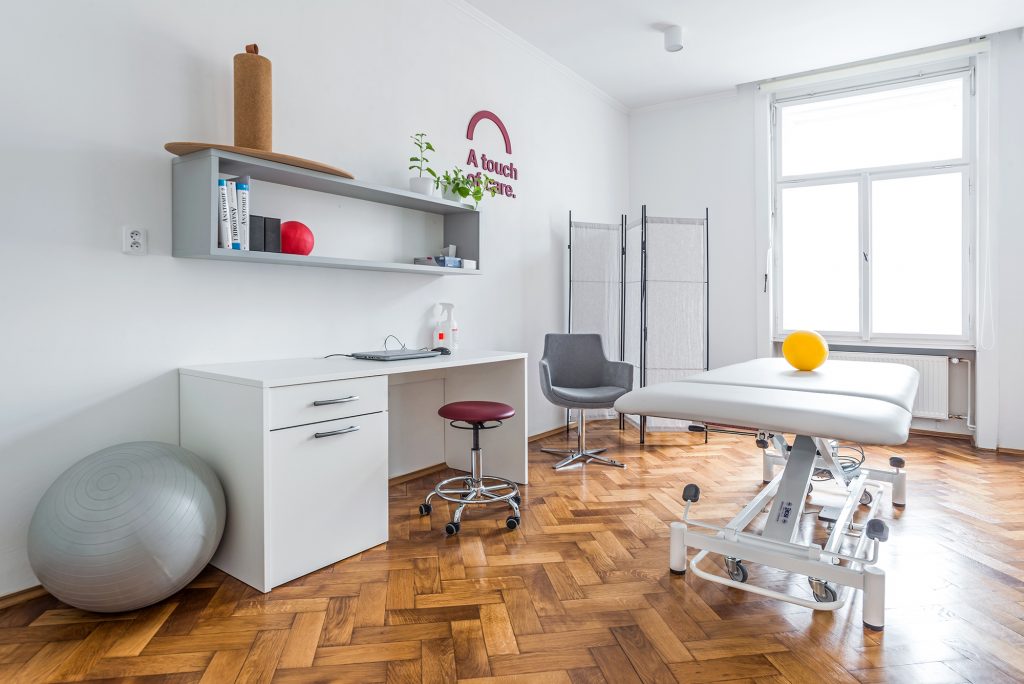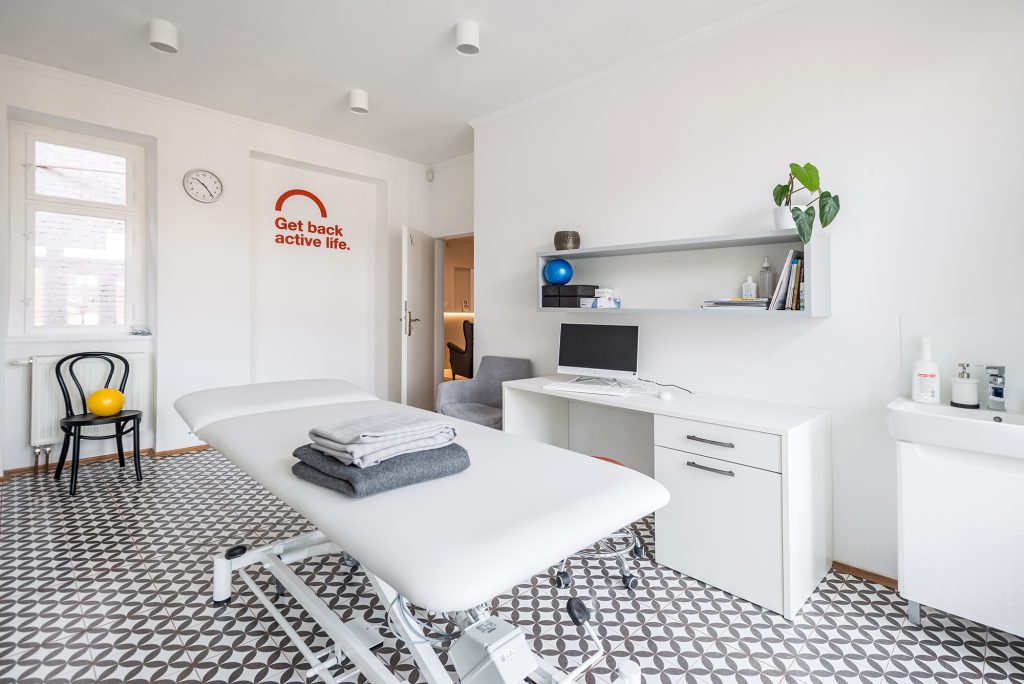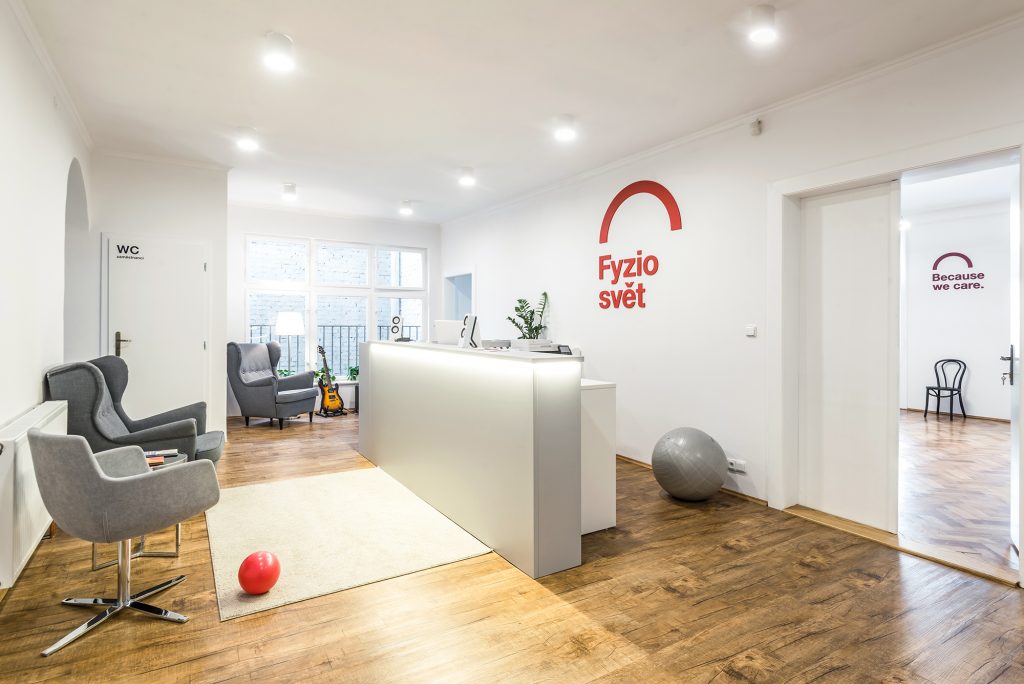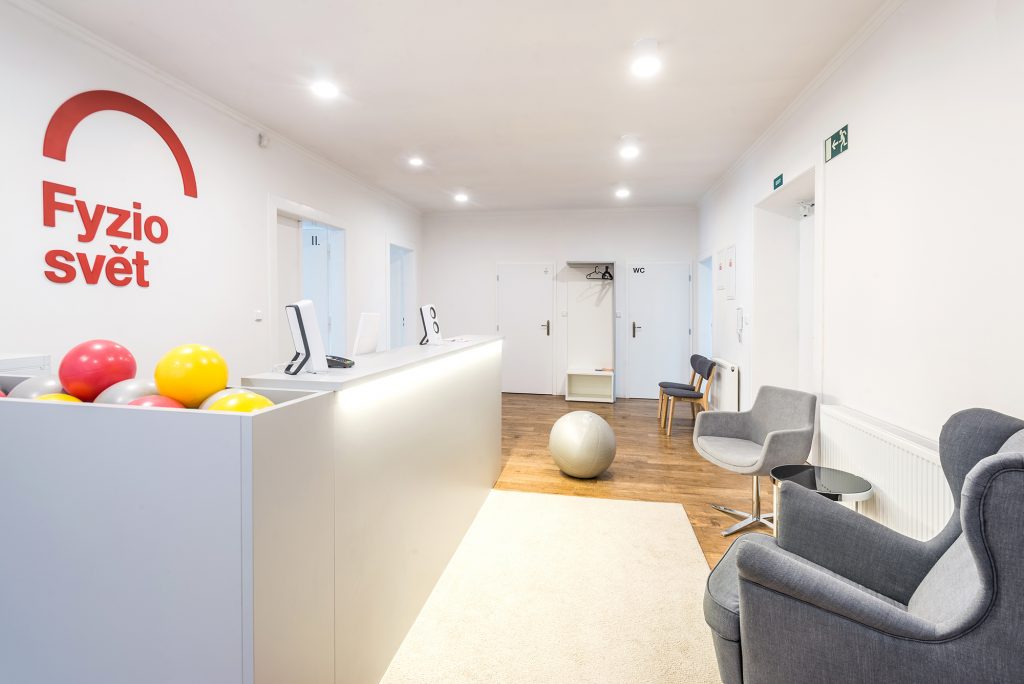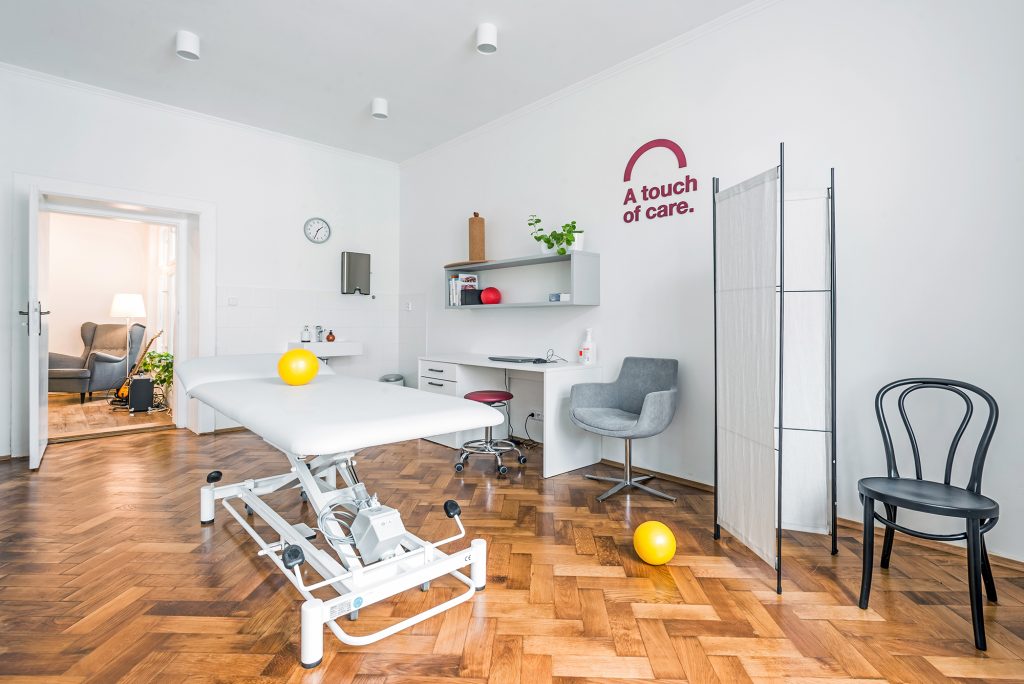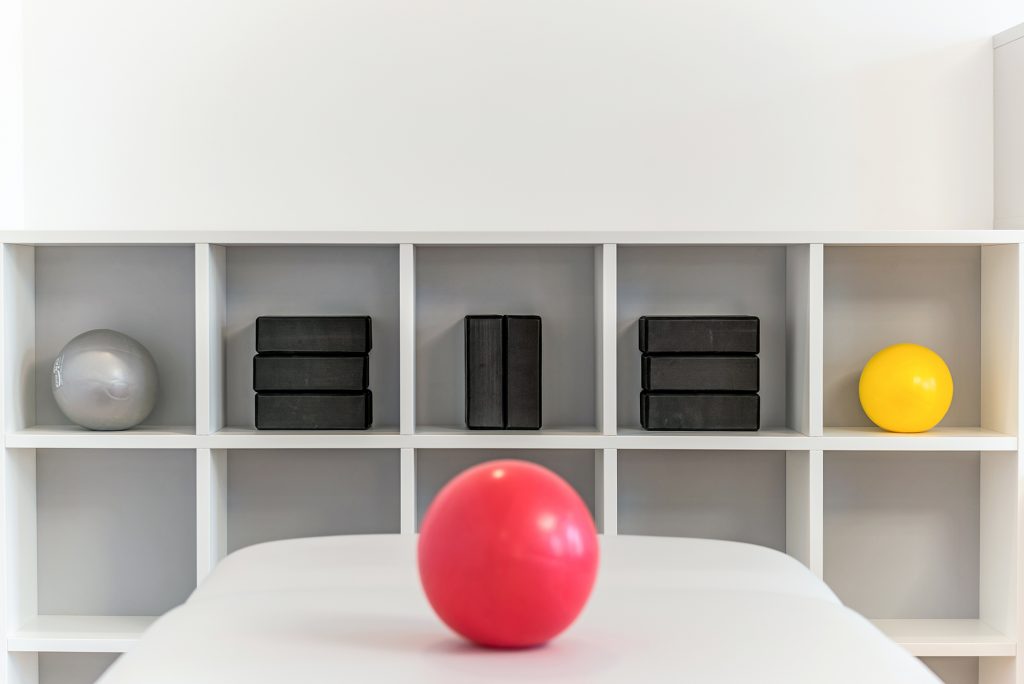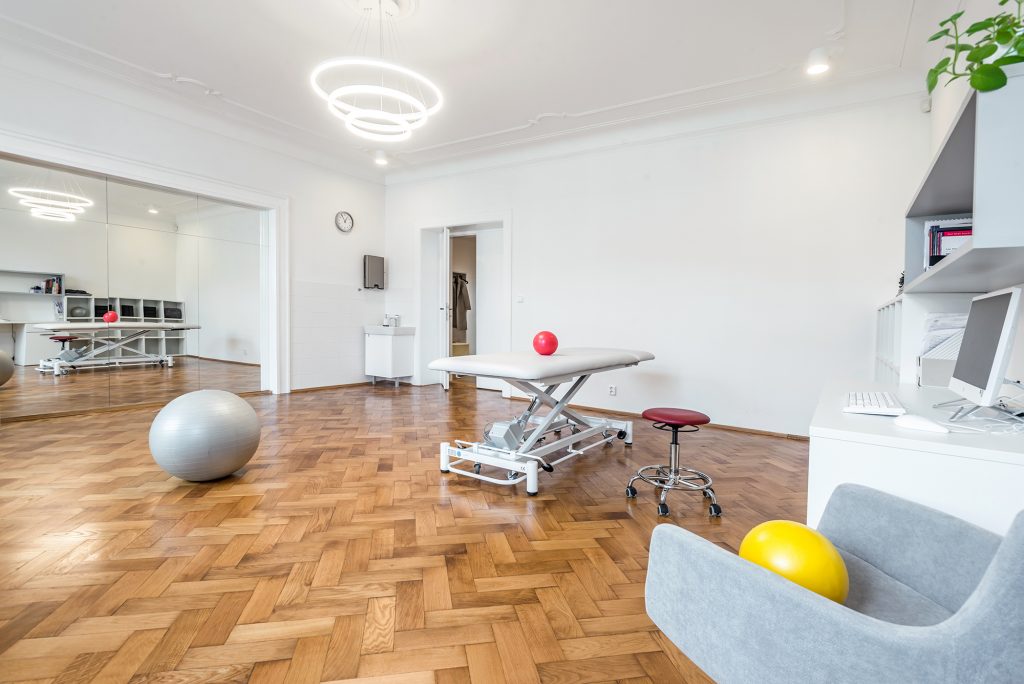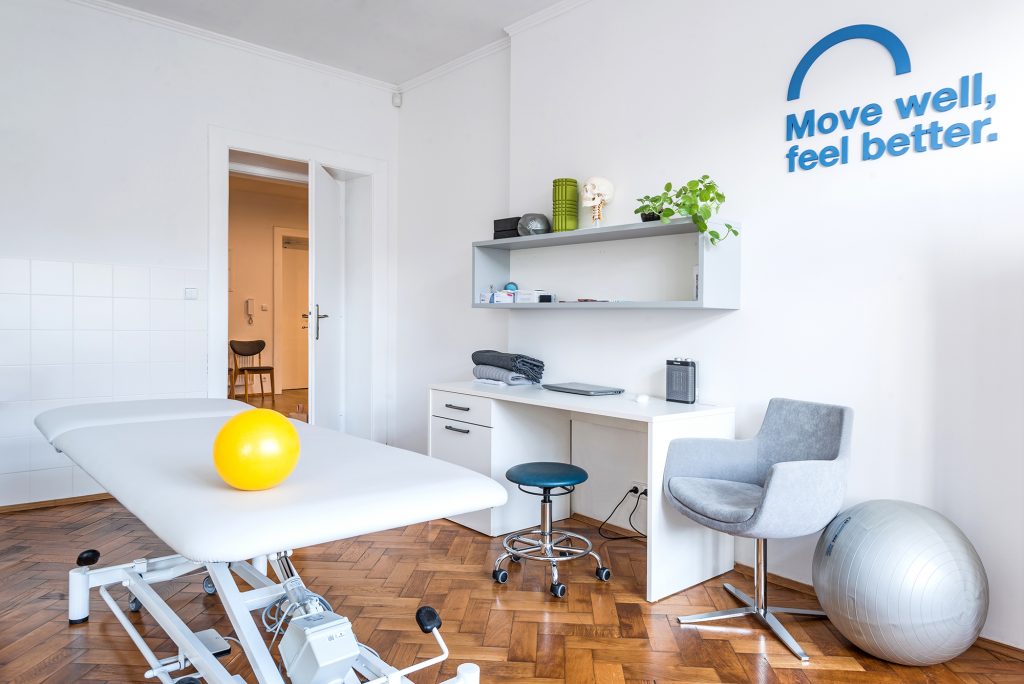Developing Talent in a Young Athlete
Some people are born with a natural athletic talent. They stand out so much from others their age that everyone around them is convinced they’ll become stars. However, many who excel in their youth never succeed in sports, while others who weren’t as good turn out to be great athletes. How is this possible? The issue is that most people don’t fully understand what talent truly is and how someone becomes skilled in sports.
Choosing the Right Sport
The first step to becoming a top athlete is choosing a sport the child enjoys and is well-suited for. Different body types are better suited to different sports. Encourage your child to try various sports to find one they truly love. Remember, every child develops differently. Success at one point in their career isn’t always a predictor of future success. Others may perform better initially because they’ve grown faster, their brain has matured more quickly, or they are training intensely at the moment. But as your child matures, they can quickly catch up.
Delaying Specialization Until Later
Does finding the ideal sport mean the child should specialize early? On the contrary, late specialization can be advantageous, and playing multiple sports enriches a young athlete’s movement skills. Coaches and scientists agree that children need a broad movement foundation to achieve peak performance later on. Longitudinal studies from the U.S. show that Olympic medalists participated in an average of 3.4 sports in school and 3.1 sports outside of school. There’s a correlation between playing multiple sports and achieving top results in their chosen sport later in life. Many Olympians even switched to their primary sport in their mid-teens (around age 15) and still reached the top.
Strength, Speed, Endurance, and Agility
Physical abilities can be divided into strength, speed, endurance, and coordination (agility). Each of these abilities has specific guidelines regarding when and how it’s best to train and develop them.
Strength
The greatest development of strength typically occurs during puberty, a time when the body naturally undergoes anabolic processes. The body grows and matures, and by the end of this period, it can handle full physical exertion. Extreme strength training before puberty can actually harm a child’s health. Repeated extreme strength loads can disrupt the vulnerable growth plates in long bones, which may prevent normal growth. However, there’s no need to worry if a coach asks a young hockey player to do 20 push-ups as a punishment—this is far from the danger zone.
Speed
Speed is largely innate. The number of white (fast-twitch) muscle fibers is genetically determined, and there’s no way to increase their number. However, you can significantly improve movement technique and learn to fully utilize speed potential through proper technique. The best time to develop speed is during early school years.
Endurance
Endurance is represented by red muscle fibers, also known as slow-twitch fibers. These fibers are well-supplied with blood, enabling us to sustain long-term physical performance. Interestingly, the body can convert fast-twitch fibers into slow-twitch fibers at almost any time. This means anyone can become an endurance athlete, and endurance can be developed at any age, whether you’re a young person or an adult working in an office.
Agility refers to the ability to perform coordinated movements. It’s important to understand that muscles don’t decide on their own when or whether to engage in movement. They are fully controlled by signals from the brain and higher nervous centers. For every small movement, the muscle must receive a command via an electrical impulse sent through a nerve, much like a switch sending power to a light bulb. Movement originates not so much in the muscles, but in the brain.
Before a soccer player jumps for a header, the brain already has a precise plan for how much force each muscle should exert to reach the highest point and hit the ball with the forehead. The brain even accounts for potential collisions with other players and calculates the extra force needed to stay balanced. The brain’s centers create a plan based on past experience, other centers choose the best option, and then finer adjustments are made to ensure smooth coordination of muscles. Only then are the muscles instructed to perform the movement. Throughout the movement, feedback from the muscles keeps the brain informed, allowing it to adjust commands if needed. And that’s just for a simple header!
Understanding how movement is generated shows why a broad range of movements from various sports is crucial for success. Repeating the same movement endlessly in the hope of becoming the best at it is a flawed approach for young athletes. Instead, they should focus on creating a diverse range of movement patterns, allowing the brain to record as many different movement situations and solutions as possible. If these movements are guided by a quality coach, it doesn’t matter if the sport isn’t the one they will ultimately compete in. With a bit of exaggeration, we could say that paying attention in dance class could be what determines an athlete’s chance at winning a gold medal.
Developing the Right Mindset
What you believe is the source of your success has a huge impact on the actual result. Understanding and hard work are key to success. The best athletes believe their success comes from hard work, not luck or natural talent. This belief drives them to continually seek improvement. They focus on refining every detail and, even when techniques don’t come easily, they never feel like it’s beyond their reach. They understand that some things simply take time. They listen to feedback from coaches and others around them and strive to improve. This mindset is something everyone can learn from top athletes and apply during training. In other words, they focus on the process, not the result.
How Physiotherapy Can Help
hat you believe is the source of your success has a huge impact on the actual result. Understanding and hard work are key to success. The best athletes believe their success comes from hard work, not luck or natural talent. This belief drives them to continually seek improvement. They focus on refining every detail and, even when techniques don’t come easily, they never feel like it’s beyond their reach. They understand that some things simply take time. They listen to feedback from coaches and others around them and strive to improve. This mindset is something everyone can learn from top athletes and apply during training. In other words, they focus on the process, not the result.
How Physiotherapy Can Help
The first task of a physiotherapist is to diagnose the body’s capabilities and teach young athletes how to care for their bodies properly to reduce the risk of injury. The physiotherapist will identify both strengths and weaknesses. If you’re aware of your weak points, you can better prepare your body for the challenges ahead and avoid potential future injuries. For athletes who specialize early, physiotherapists can also help counterbalance the effects of one-sided strain caused by their sport.
A physiotherapist guides a young athlete throughout their career. They help develop talent by teaching the athlete how to maximize their body’s potential. Through exercises, they enrich movement patterns and increase the body’s capacity to adapt to unexpected strain. The physiotherapist’s goal is to give the brain more movement options, allowing the athlete to experience higher-quality movements in different intensities, positions, and ranges. When the body is deciding how to perform a movement during sports, it will have a solid movement foundation to draw from. Physiotherapy can also include training coordination and agility, teaching the brain to respond quickly and precisely to motor challenges, thereby stimulating talent development. Balancing exercises, for example, train both the brain and muscles.
